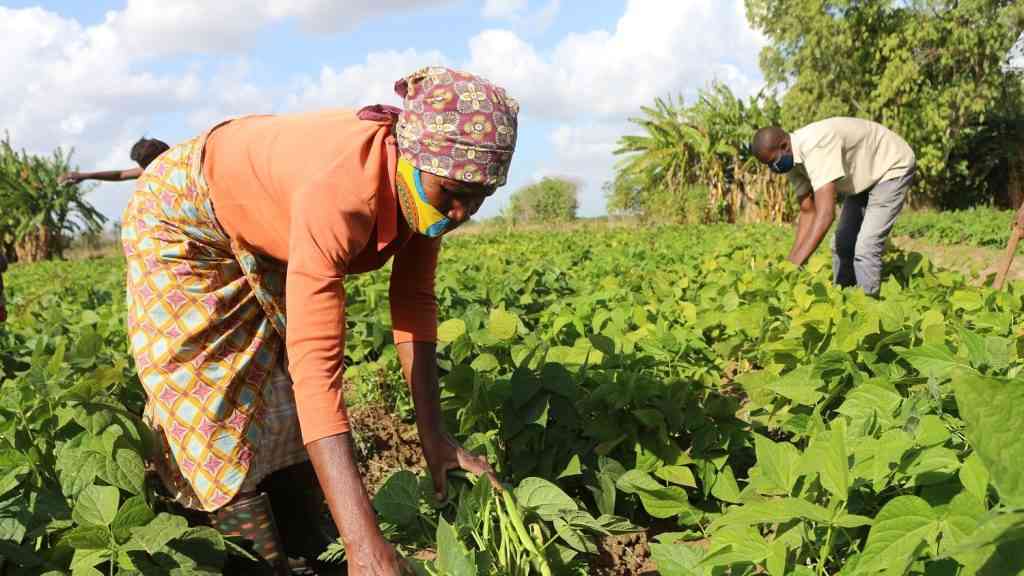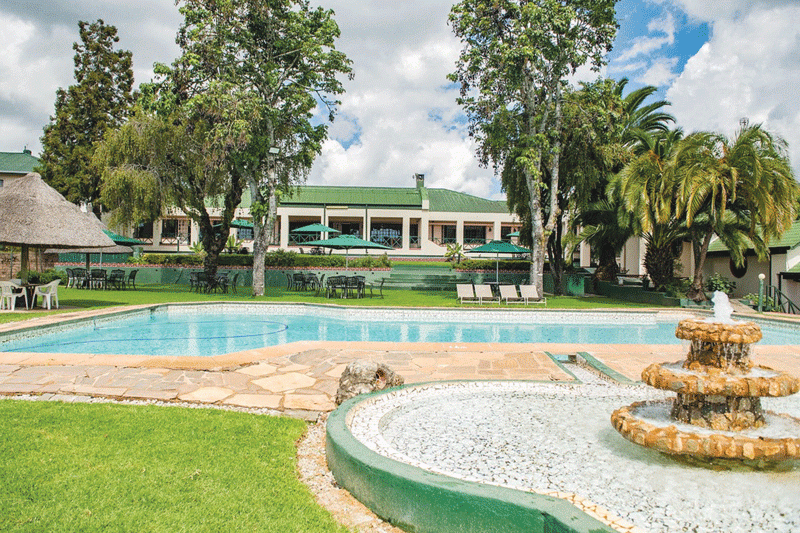
At the beginning of each year, I try and catch up on the ever-growing literature on land, agriculture and rural change in Zimbabwe. Each year there seems to be more and more, as the body of work grows based on many research studies, often linked to Masters’ and PhD projects by Zimbabwean students. It is an impressive testament to the depth and extent of scholarship associated with Zimbabwe, making it an ongoing privilege for me to continue to contribute to, and hopefully support, this work.
Given the volume of material, this year I have had to divide my review into five separate themes. The short blog series over the next five weeks offers a brief overview of material produced during (mostly) 2023, with links to the articles, chapters or books.
The first theme is livelihood change after land reform, one that has been central to the work of our team over many years. More and more case studies are being published that show both the continuities between sites, but also some of the important variations.
For example, the paper by Tanaka Maimba and Vusi Thebe, Changing Livelihoods and New Opportunities: Experiences of Resettled Farmers in Two Farms in Shamva District, Mashonaland Central Province, Zimbabwe in the Journal of Land and Rural Studies shows once again that the majority of those on the land have benefited, building assets and improving livelihoods.
If anyone continues to doubt the benefits of Zimbabwe’s land reform given the accumulated evidence, then I wonder. The paper also points out though that there are limitations, and the lack of post-land reform government support is clearly hampering local initiatives.
The particular experience of borderland communities — in Kariba, the southeast lowveld, Manicaland and Matabeleland South, among other sites — is explored in the edited collection, Lived Experiences of Borderland Communities in Zimbabwe. Livelihoods, Conservation, War and Covid-19. This book was edited by Nedson Pophiwa, Joshua Matanzima and Kirk Helliker and is the seventh in a remarkable series emerging from the Unit of Zimbabwean Studies in the Department of Sociology at Rhodes University.
The 12 chapters illuminate how borders are always porous, connecting people and markets in ways that have been essential for many struggling to survive in a collapsing economy. The practices of those who live on the borders highlight how lines on a map become irrelevant when lives and livelihoods straddle geographies.
As the introduction notes, “viewing the nation-state ‘from the margins’ offers fresh perspectives on Zimbabwean history and society”.
- Building solid markets for Zim artisanal miners
- Building solid markets for Zim artisanal miners
- Re-building township micro-economies
- Dissection of Zim’s sanctions regime
Keep Reading
Small-scale and artisanal mining
An important strand of work complements the studies of land-based agricultural livelihoods after land reform and focuses on the intersections of farming and artisanal mining. The work of Grasian Mkodzongi is especially important in this regard.
In his latest paper in the Journal of Rural Studies, he offers a review of this work, focusing on gold mining. This shows clearly how the growth of small-scale mining has generated incomes and employment for poor urban and rural people alike. Integrating with land reform processes across the Great Dyke region of the country, where much land redistribution took place is an important dynamic.
Yet the informal nature of artisanal mining means that it is dangerous, subject to corrupt practices and overall poorly regulated, and often dismissed by the state who prefer large-scale operations. The article makes the case that a more appropriate policy framework is needed that allows the potentials of small-scale mining to be realised.
In a recent edited book, The Lives of Extraction. Identities, Communities and the Politics of Place, Joseph Mujere takes a look at chromite mining and the role of cooperatives as a route to articulating with larger mining firms, including now many Chinese ones.
The brokered relationships between small-scale operations and those who are able to provide capital, machinery and so on is changing the nature of the mining sector.
In the study area in Mapanzure, multiple Chinese companies are operating with a whole array of often informal contracting arrangements. This has implications for how resources are used, what regulations are applied and who benefits from mining.
As mining becomes an increasingly important part of rural livelihoods, beyond the old dynamic of men going to work in large, corporate mines, these types of commercial and political arrangements become important to understand.
Covid-19: Changing rural livelihoods
As our work during the Covid-19 pandemic showed, the lockdowns were deeply resented by rural people as they undermined the ability to market agricultural produce.
A similar story is told by Senzeni Ncube and Horman Chitonge in paper titled Land-Based Livelihoods and the Covid-19 Challenge: Navigating the Social Capital-Social Distancing Tension on A1 Villages in Zimbabwe in the European Journal of Development Studies. The study based on research on a land reform farm in Bubi district, Matabeleland North province shows how in A1 land reform farms, enforced social distancing undermined many of the core practices that sustain livelihoods in rural areas, which are all based on interpersonal contact and networking.
Social capital, and so connections between people, is essential in production, marketing, and wider provisioning, and is core to the livelihood system.
Land reform: A complex picture
Studies of the changing livelihood dynamics following land reform remain vitally important. While the basic story that land reform benefited people (although differentially) and that these included many poor and un/underemployed people, the changing patterns over time and across places remain important to understand.
Major shocks such as Covid-19, but also droughts, economic collapse and so on, have profound effects on who is able to make the most of land reform, while changing economic opportunities, such as through artisanal and small-scale mining, can dramatically shift the resource values and so use in an area.
While our team continues to concentrate on various parts of Masvingo, Mvurwi and Matobo, having new research come out to compare and contrast with from across the country is really useful.
- This article is from Zimbabweland, a blog written by Institute of Development Studies research fellow, Ian Scoones. Zimbabweland focuses on issues related to rural livelihoods and land reform in Zimbabwe.











